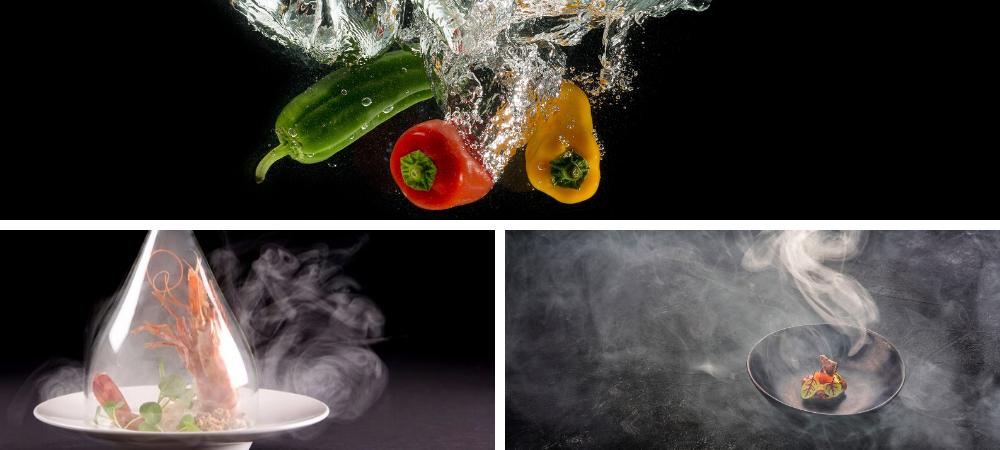
A plant-based recipe to celebrate great chefs around the world
This International Chef's Day, we're raising a fork to the hard-working and passionate chefs across the world, including Le Cordon Bleu chefs in training, ...

Can a lollipop evoke the same feelings as listening to Tchaikovsky’s 1812 overture? Can an edible version of a Jackson Pollock be painted on to the dining table? Can a loaf of heritage wheat bread bring alive the last supper prepared in Pompeii moments before Mt Vesuvius erupted and reduced the ancient Roman city to ashes? If you’re a multisensory cuisine enthusiast, you’ll know that the answers are yes, yes and yes!
Only a decade ago, such high-concept experiences would have been dismissed as flights of fancy. Worse, they would have elicited derision. A good meal should speak for itself, traditionalists would have scorned. Yet what was once just the simple pleasure of eating is increasingly becoming a curated, often tech-aided spectacle that takes dining to a new level of enjoyment.
The said Tchaikovsky lollipop made its appearance at a 2016 International Society of Neurogastronomy meeting; the heritage bread was recreated by Heston Blumenthal as part of a meal inspired by the cuisine of Pompeii last year, the Jackson Pollock-inspired dessert is just one among many of Grant Achatz’s genre-bending creations for his Chicago-based restaurant Alinea.
The popularity of multisensory dining owes in large part to the emergence of neurogastronomy, which has helped unravel the complex multisensory brain processes that create the range of flavors we experience when eating and drinking. According to neuroscientist Gordon M. Shepherd, our appreciation of what is in the mouth is created by the brain. Charles Spence, Professor of Experimental Psychology at the University of Oxford and author of Gastrophysics: The New Science of Eating, postulates a similar view. “I think we all assume that taste comes from our tongues…. In fact, all of your senses are involved. Everything from the colour of the plate to the weight of the cutlery in your hands, from the background music to any ambient scent, as well as the lighting and even the softness of the chair you are sitting on.”
What started in the lab segued into the kitchen. Heston Blumenthal has been at the vanguard of experiential dining. His Sound of the Sea, a plate of oysters, clams, seaweed and panko "sand," which comes with an iPod tucked into a conch shell at the Fat Duck, is now regarded as a classic of multisensory dining. The iPod plays sounds of the ocean and waves crashing in order to add to conjure up feelings of nostalgia. Ferran Adria and Grant Achatz, who began serving menus that stimulate the senses a decade ago, have been equally influential. As the trend spreads across the globe, more players have emerged—Schloss Schauenstein in Switzerland, Ultraviolet in China, El Celler de Can Roca in Spain, and more.
Modern chefs are recognising that flavour is more potent than taste as it engages all the senses and can evoke nostalgia, reminiscence and emotion. Using audio and other sensory influences enables them to enhance the flavours of their dishes and make them more memorable. Curious, up-for-anything diners are just as hungry for enhanced dining experiences that play on all of their senses. And they are willing to pay a pretty penny for them. Witness the popularity of Ibiza’s Sublimotion, billed the world's most expensive restaurant, where Michelin-starred chef Paco Roncero takes diners on a multisensory culinary voyage by fusing art, gastronomy and virtual reality. The phantasmagoric adventure comes at a price — a whopping $2,000 per meal.
Copyright © 2026 Le Cordon Bleu International B.V. All Rights Reserved.